
Think about this. You’re in the cereal aisle at your local supermarket. Your child with autism spectrum disorder wanted the blue box. You grabbed the red one. And now? Full-blown nuclear meltdown. Screaming. Flailing. That one shopper giving you the look. You’re sweating, your child’s inconsolable, and you’re wondering if you’ll ever be able to show your face in this store again.
Sound familiar? Welcome to the emotional regulation roller coaster, where feelings are big, control is minimal, and parenting feels like extreme sports without a helmet.
But, here’s the good news: emotional regulation isn’t something kids either “have” or “don’t have.” It’s a skill. And like riding a bike or tying shoes, it can be taught. ABA therapy provides the framework, the strategies, and yes, the hope, that those overwhelming moments can transform into opportunities for growth.
Let’s dive into how autism ABA therapy turns emotional chaos into genuine mastery, one teachable moment at a time.
Why Emotional Regulation is Like Learning Algebra (But More Important)
Nobody expects a child to solve quadratic equations without instruction. Yet somehow, we expect kids, especially those with autism, to navigate complex emotions intuitively.
The reality? Emotional regulation is incredibly sophisticated.
According to research, children with autism spectrum disorder experience emotional dysregulation at rates 3-4 times higher than neurotypical peers. Their nervous systems process sensory input differently, their ability to identify emotions may be developing, and their communication skills might not match their emotional complexity.
This isn’t defiance. And we assure you, this isn’t manipulation. This is neurology meeting environment in ways that feel overwhelming. And that’s exactly where ABA therapy becomes transformative.
The ABA Framework: Breaking Down the Emotional Hurricane
Traditional advice for tantrums often sounds like: “Just stay calm” or “Ignore the behavior.” Cool. But what actually works? ABA therapy takes a systematic approach that addresses the why behind the meltdown, not just the what.
Step 1: Identifying the Function of Behavior
Every behavior serves a purpose. Your BCBA (Board Certified Behavior Analyst), such as those at Early Autism Ventures, will conduct a functional behavior assessment to determine whether your child’s meltdown is seeking:
– Attention (positive or negative)
– Escape/Avoidance (getting out of a demand or situation)
– Access to tangibles (toys, food, activities)
– Sensory stimulation (or reduction of sensory input)
In fact, a groundbreaking study found that interventions matched to behavioral function showed 85% effectiveness compared to 32% for generic approaches. Translation? Understanding why your child melts down is the secret weapon.
Discover how EAV’s functional assessments pinpoint exactly what’s driving your child’s challenging behaviors, because guesswork wastes time and everyone’s patience.
Step 2: Teaching Replacement Behaviors
Here’s where positive reinforcement becomes your superpower. Instead of just stopping unwanted behaviors, ABA therapy teaches your child what to do instead.
Can’t reach the cookie jar? Instead of screaming, we teach them to request help.
Overwhelmed by noise? Instead of hitting, we teach them to signal “break” or use noise-canceling headphones.
Frustrated with a puzzle? Instead of throwing it, we teach them to ask for assistance.
Research also demonstrates that teaching functionally equivalent replacement behaviors reduces problem behaviors by an average of 60-80% within 8-12 weeks of consistent intervention. That’s not just statistics, that’s fewer meltdowns, more peaceful days, and a child who feels competent.
Early Autism Ventures specializes in creating individualized replacement behavior protocols. Our therapists don’t just work on compliance; we build communication, coping skills, and confidence.
Step 3: Schedule your free consultation to see these strategies in action.
The Emotional Regulation Toolkit: What ABA Actually Teaches
Let’s get practical. What does ABA therapy progress in emotional regulation actually look like? Here are the concrete skills your child can master:
-
Emotion Identification
You can’t regulate what you can’t recognize. Autism ABA therapy uses visual supports, social stories, and direct instruction to teach kids to identify emotions in themselves and others.
Think emotion flashcards, mirror exercises, and video modeling. “Your face looks like this when you’re angry. Your body feels tight. Your voice gets loud.” Breaking down abstract concepts into observable components makes them learnable.
-
The Feelings Thermometer
One brilliant ABA therapy benefits is the “feelings scale” or thermometer, a visual tool where emotions range from 1 (calm and happy) to 10 (full meltdown mode). Kids learn to identify where they are on the scale and implement strategies before reaching level 10.
For example: “I’m at a 7, I need a break.” “I’m at a 5, I can use my breathing.”
This metacognitive awareness is game-changing. Studies show that self-monitoring strategies reduce aggressive behaviors by up to 70% in children with developmental disabilities.
-
Coping Strategies Menu
Here’s where positive and negative reinforcement ABA therapy principles shine. We teach multiple coping strategies, then reinforce the ones that work best for your child:
– Deep breathing exercises (5-finger breathing, balloon breaths)
– Sensory tools (fidgets, weighted blankets, compression vests)
– Physical outlets (jumping jacks, wall pushes, running)
– Quiet space (designated calm-down corner)
– Communication cards (“I need help,” “I need space”)
The beauty? Your BCBA systematically teaches these skills, then uses positive reinforcement when your child independently implements them. Caught your kid doing deep breaths before losing it? That’s celebrated like they just won an Olympic medal.
-
The Waiting Game
Delayed gratification tortures us all (hello, online shopping), but it’s especially challenging for kids with autism. ABA therapy uses progressive wait training, starting with 2 seconds and building to minutes, then hours.
“First this, then that” becomes the mantra. First vegetables, then dessert. First homework, then iPad. The structure provides predictability while building tolerance for waiting, a critical life skill that reduces impulsivity and frustration.
Real-World Application: Bringing Therapy Home
One of the most powerful ABA therapy benefits is generalization, taking skills learned in therapy and applying them everywhere. Your living room isn’t a therapy clinic, and that’s exactly the point.
At EAV, we train parents to become co-therapists. Not in a “homework assignment” way that adds stress, but in an “integration into daily life” way that makes sense. You’re already managing meals, bedtime, and sibling conflicts, why not use positive reinforcement strategies during these natural opportunities?
Morning Routine Mastery
Mornings are emotional landmines. Transitions from sleep to wakefulness, clothing with “wrong” textures, time pressure, it’s a perfect storm. How does ABA therapy work in this context?
– Visual schedules showing each morning step
– Timers providing predictability
– Choice-making within boundaries (red shirt or blue shirt?)
– Reinforcement systems for completing routines independently
One EAV family reported that implementing a visual morning schedule reduced their child’s morning meltdowns from 5 per week to less than 1, and mornings became their favorite time together instead of their most dreaded.
Social Situations Survival
Playdates, family gatherings, birthday parties, high-emotion, unpredictable environments where meltdowns lurk. ABA progress monitoring tracks how your child navigates these situations with increasing competence.
Preparation is key. Social stories previewing the event, practicing coping strategies beforehand, and having an exit plan all reduce anxiety. During the event, catch your child regulating emotions effectively and deliver immediate praise. “I noticed you felt frustrated when you couldn’t take a turn, but you used your words instead of grabbing. I’m so proud of you!”
This isn’t manipulation, it’s teaching your child to recognize their own success, which builds intrinsic motivation over time.
The Science Behind the Success
Let’s talk neuroscience for a moment (we promise to keep it interesting). The prefrontal cortex, your brain’s emotional control center, doesn’t fully develop until the mid-20s. For children with autism, this development may occur differently or face additional challenges.
ABA therapy essentially provides external structure while the internal systems develop. According to research, intensive behavioral intervention can actually promote neuroplasticity, literally rewiring neural pathways to support better emotional regulation.
The repetition, consistency, and positive reinforcement inherent in autism ABA therapy create new neural connections. Each time your child successfully uses a coping strategy, that pathway strengthens. Eventually, these skills become more automatic, requiring less conscious effort.
Pretty incredible, right? You’re not just managing behavior, you’re shaping brain development.
Troubleshooting: When Progress Feels Stuck
Real talk: ABA therapy progress isn’t linear. Some weeks you’ll feel like emotional regulation superheroes. Other weeks you’ll wonder if you’ve made any progress at all.
(Spoiler: you have.)
Regression Happens
Growth spurts, illness, schedule changes, new siblings, school transitions, life happens, and skills can temporarily regress. This doesn’t erase progress; it’s a normal part of development. Your BCBA (Board Certified Behavior Analyst) will help you identify triggers and adjust strategies accordingly.
Consistency is Challenging
We get it. You’re exhausted. Some days you just want to give them the cookie to avoid the fight. That’s human. But here’s the thing: inconsistency confuses kids and actually increases problem behaviors long-term.
EAV’s approach includes realistic goal-setting and sustainable strategies. We don’t expect perfection; we expect progress. Connect with our team to develop systems that work for YOUR family’s rhythm, not some idealized version of parenting.
Communication Gaps
Sometimes emotional dysregulation stems from communication frustration. If your child lacks the language to express needs, emotions escalate quickly. This is where ABA therapy integrates communication goals with emotional regulation, teaching functional communication reduces the need for behavioral outbursts.
According to a meta-analysis in Autism Research and Treatment, children who received combined communication and behavioral intervention showed a significantly greater improvement in emotional regulation compared to those receiving behavioral intervention alone.
The Long Game: What Mastery Actually Looks Like
Let’s be honest: your child probably won’t achieve Buddha-level emotional zen. (Most adults haven’t either.) But mastery doesn’t mean perfection, it means having tools, using them increasingly independently, and recovering from setbacks more quickly.
ABA therapy progress toward emotional regulation might look like:
– Meltdowns decreasing in frequency, intensity, and duration
– Your child using coping strategies with prompting, then independently
– Faster recovery after dysregulation episodes
– Increased ability to identify emotions before they escalate
– More flexibility when faced with unexpected changes
– Greater participation in challenging activities
And here’s the beautiful part: as your child’s emotional regulation improves, their world expands. More playdates. More family outings. More learning opportunities. More joy.
How Early Autism Ventures Transforms Emotional Chaos into Competence
At Early Autism Ventures, we don’t just address behaviors, we understand the whole child. Our comprehensive approach to teaching emotional regulation includes:
Individualized Emotional Regulation Programs: Your child’s emotional triggers are unique. Our BCBAs design protocols specifically for your child’s needs, not cookie-cutter solutions.
Evidence-Based Interventions: Every strategy we implement is backed by research on how does ABA therapy work for emotional development. We stay current with the latest findings and adapt our methods accordingly.
- Parent Partnership: You’re not just signing up for therapy sessions, you’re joining a team. We provide training, support, and practical strategies for extending positive reinforcement principles into your daily routines.
- Comprehensive Progress Tracking: Our detailed ABA progress monitoring shows exactly how your child is developing emotional regulation skills across settings. You’ll never wonder “is this working?”, the data tells the story.
- Flexible, Family-Centered Service: We offer center-based programs and community integration, whatever works best for your family. Because ABA therapy benefits shouldn’t require you to turn your life upside down.
- Crisis Support: When emotional regulation challenges escalate, we’re here. Our team provides intensive intervention and family support during the tough times.
Those supermarket and mall meltdowns? They don’t have to be your forever story. The bedtime battles, the homework tears, the social struggle, these challenges are opportunities for growth when you have the right support.
Emotional regulation isn’t about “fixing” your child. It’s about equipping them with skills to navigate a complex world, to understand themselves, to communicate needs, and to thrive despite challenges.
Every child deserves to feel competent and confident. Every parent deserves peaceful moments and hopeful futures. ABA therapy provides the roadmap from chaos to calm, from meltdowns to mastery.
Early Autism Ventures has helped countless families transform emotional overwhelm into genuine capability. Our passionate, expert team doesn’t just know autism ABA therapy, we deeply understand the families we serve. We celebrate your victories, support you through setbacks, and never give up on your child’s potential.
Take the first step toward calmer days and brighter futures, schedule your free consultation with EAV today. Let’s create an emotional regulation plan that actually works for your unique child and family.
Call us at +91 8929153820 or WhatsApp us right now. Tomorrow’s breakthrough starts with today’s decision.
Don’t wait another day watching your child struggle. Contact Early Autism Ventures now and discover what’s possible when compassionate expertise meets your family’s determination.


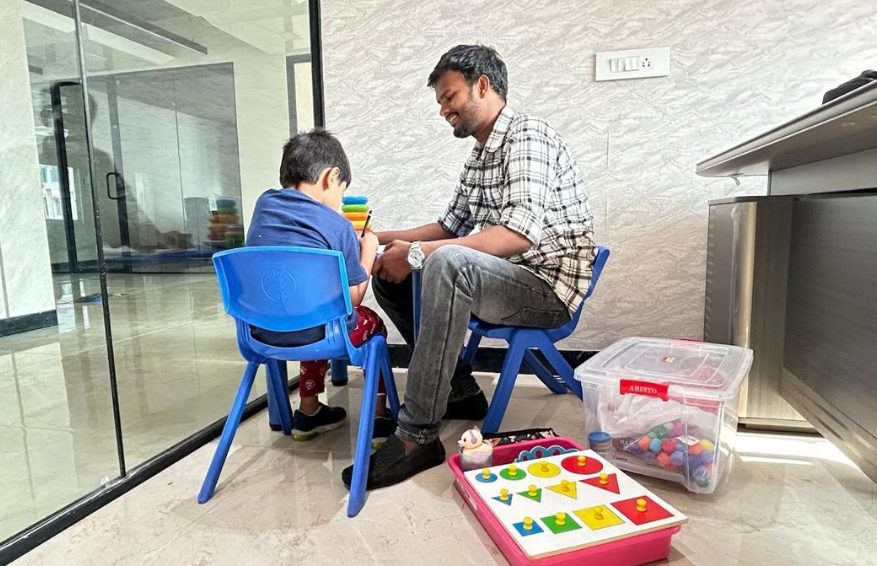














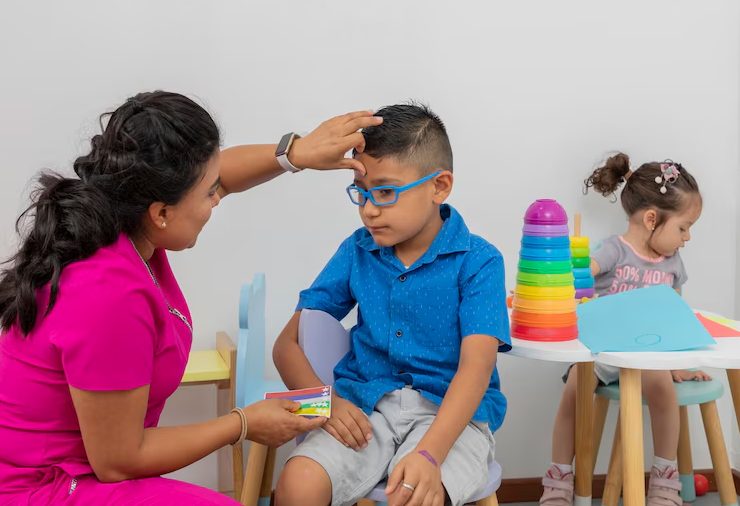







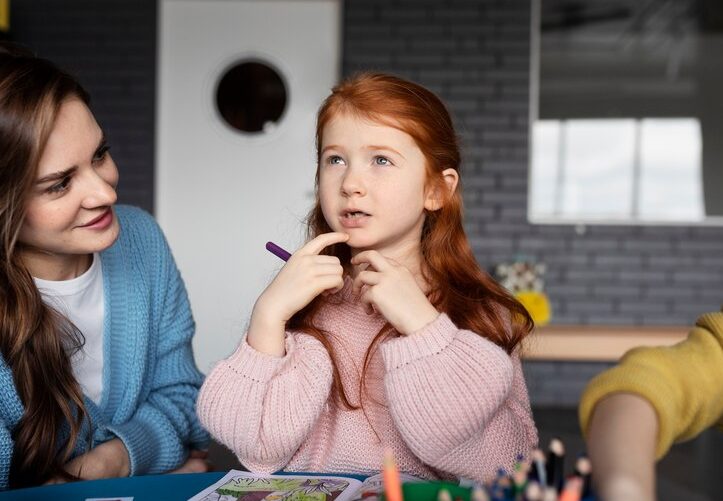



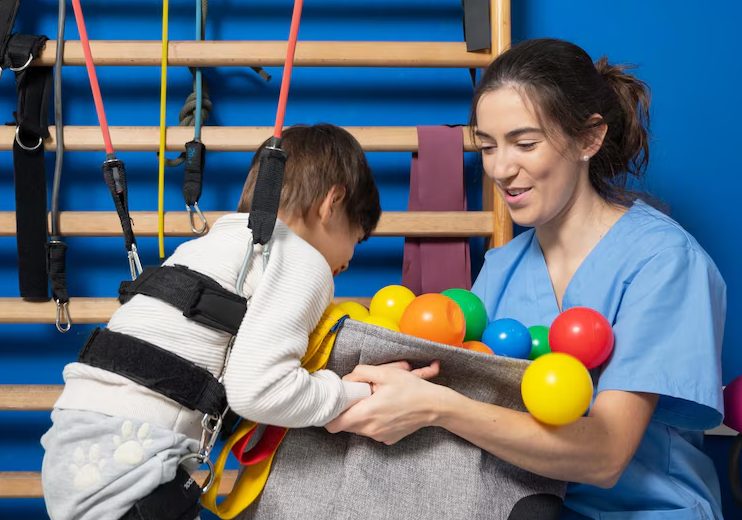

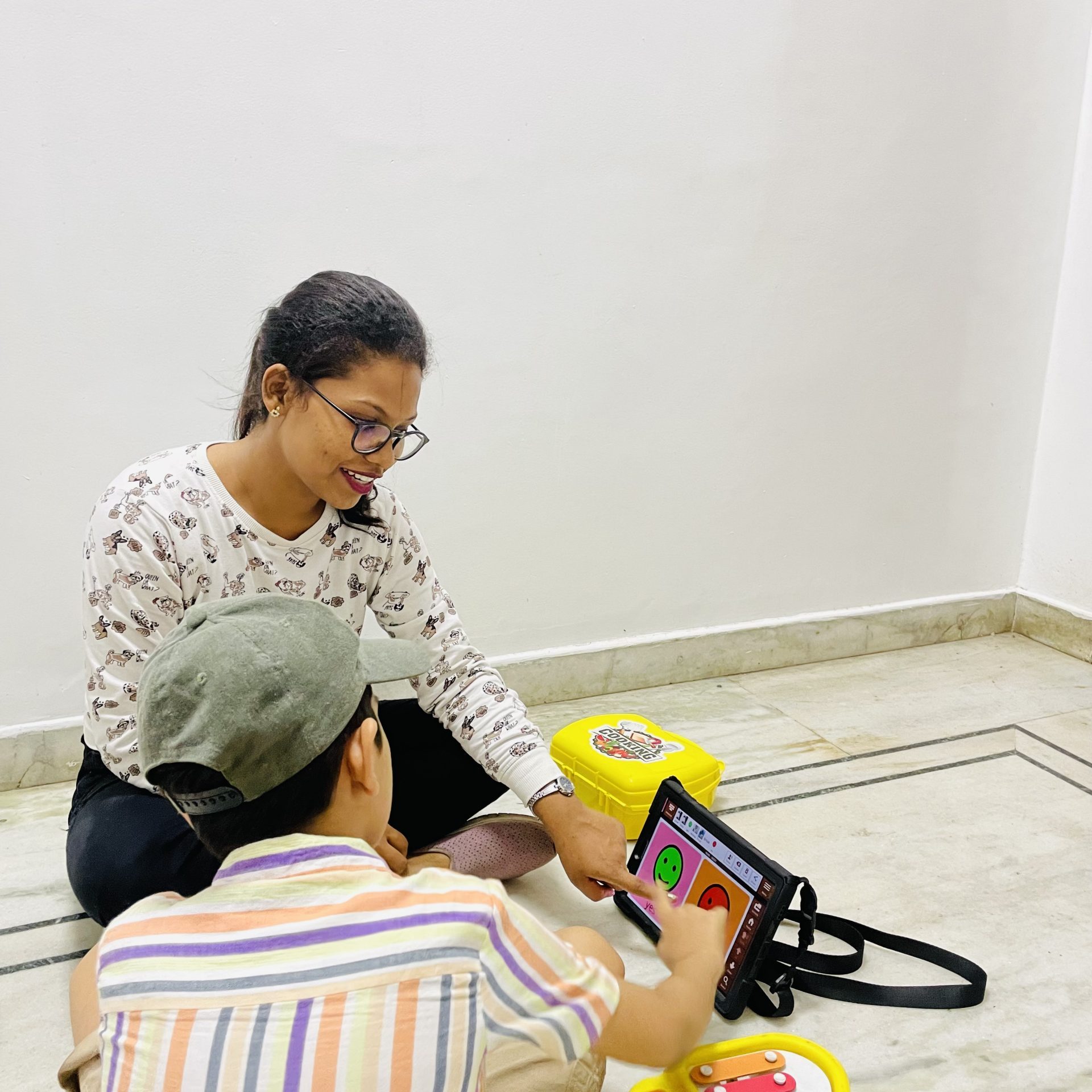

Recent Comments